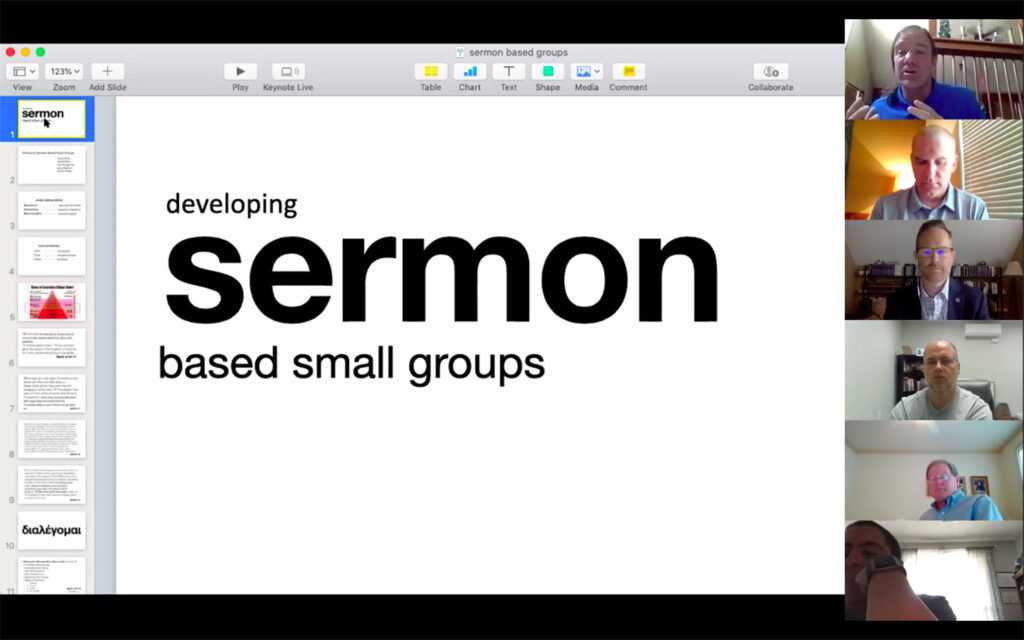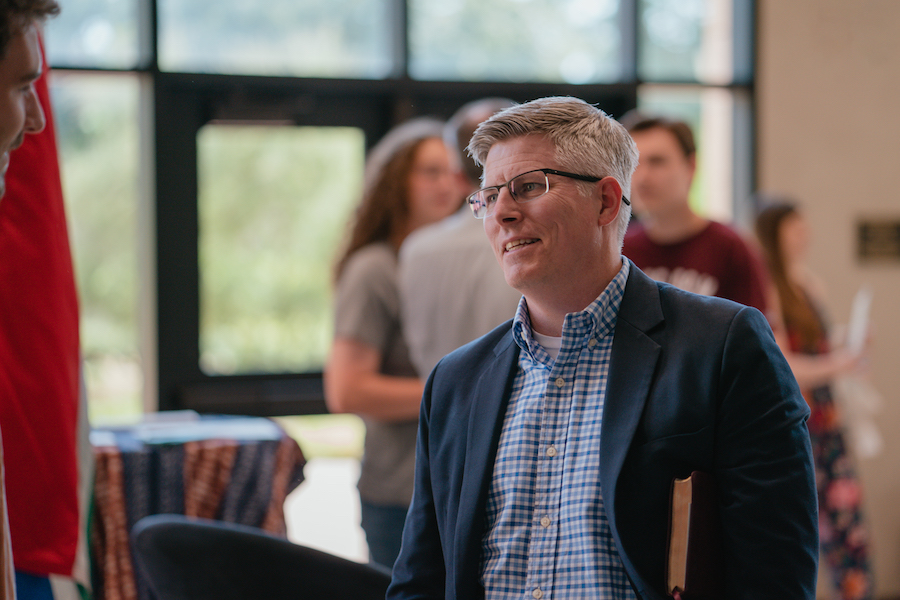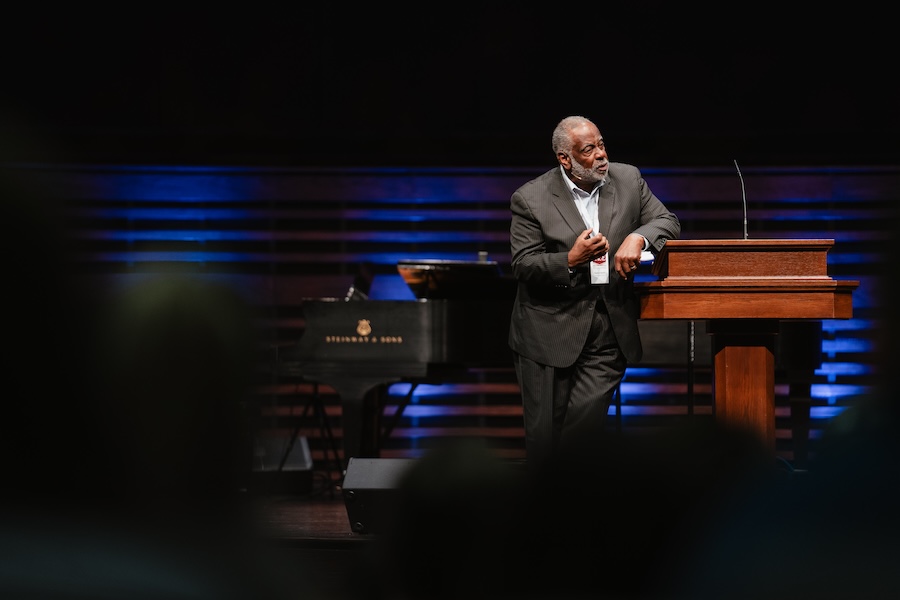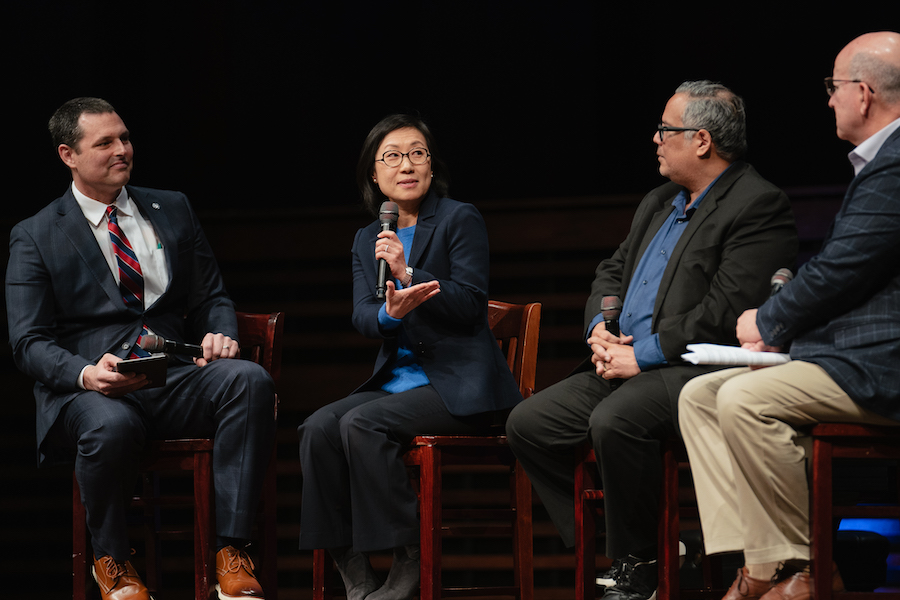Virtual preaching conference advocates sermon-based small groups for church revitalization

A virtual preaching conference hosted by Southwestern Baptist Theological Seminary’s Center for Church Revitalization, Aug. 20, advocated and explained the use of sermon-based small groups in church revitalization. In such a model, a church’s small groups and Sunday School classes focus on discussing the preacher’s Sunday morning sermon.
“Sixty-eight percent of our congregations are biblically illiterate, and so giving them 35-40 minutes on Sunday morning of your text is not enough,” said Kenneth Priest, interim director of the Center for Church Revitalization. “Revitalization requires us to dig deeper into the Word of God.”
The conference speakers—including Priest, Professor of Preaching Matthew McKellar, and Alan Stoddard, lead pastor of Calvary Ruidoso in Ruidoso, New Mexico—emphasized the need for both text-driven preaching as well as follow-up discussion of the sermon or, more specifically, the text of Scripture on which the sermon is based in order to help church members understand the Word of God more fully.
Priest, who also serves as director of convention strategies for the Southern Baptists of Texas Convention, said the most effective way to facilitate such discussion is through small groups, noting that such a model is derived from Nehemiah 8. In that passage, Ezra reads the law to the Israelites, and then the Levites divide the people into smaller groups, “translating and giving the meaning so that the people could understand what was read” (v. 8).
“The reason we do sermon-based small groups is that very reason: we want to preach the text, and then we want to be in a group where we explain the text,” Priest said. “This is what was taking placing back in Nehemiah 8.”
In order for this type of small-group ministry to be effective, the church’s pastor must focus on text-driven preaching, Priest said.
McKellar provided an overview of text-driven preaching, wherein “the text governs the substance of the sermon, the structure of the sermon, and the spirit of the sermon”—in other words, “what we say, when we say it, and even how we say it,” McKellar said.
“In the real estate world, you’ve probably heard people say the most important thing in any real estate transaction is location, location, location. Well, I think in text-driven preaching, the most important factor is the text, the text, the text,” McKellar said.
Stoddard explained that sermon-based small groups allow churches to put the text “in the middle of the church and seek transformation.”
In order to implement such a small-group ministry, Stoddard recommended providing leaders with biblical commentary on the Scripture preached, along with a few questions for discussion. He also suggested seeking leaders who can listen to discussion and insert “small teaching”—that is, not re-preach the passage, but find teaching moments that will supplement the pastor’s sermon.
Priest said, “We believe the only way you’re going to bring about change in the life of a church is through the Word of God. And you have to do more than just preaching; preaching is where it begins, but we have to engage in conversation.”
To view the full conference, see here.



